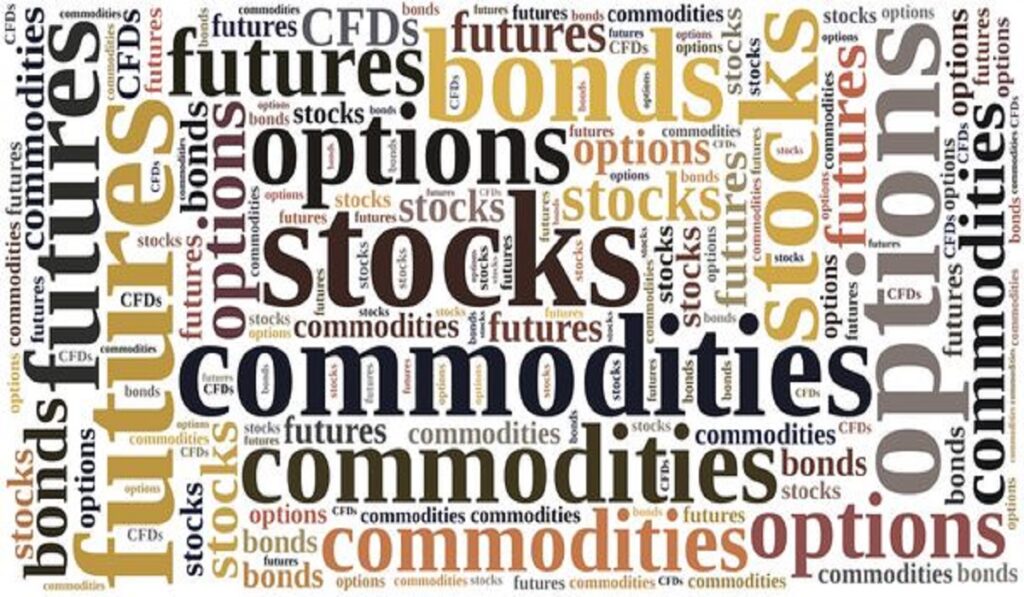The minutes from the June meeting indicate potential future rate increases in 2023

The minutes from the Federal Reserve meeting in June have revealed the likelihood of additional rate hikes throughout 2017. As U.S. economies recover from pandemic recessions, additional measures need to be implemented by the Fed in order to manage growth and inflationary pressures effectively. This article looks into their June meeting minutes for further insights and potential rate increases.
Key Takeaways from the Federal Reserve’s Meeting Minutes in June: Key Highlights
- The Federal Reserve recently acknowledged an upsurge in inflationary pressures. Their minutes revealed this development and highlighted their emphasis on closely following indicators for any possible signs.
- Economic Rebound: The minutes from June’s meeting showed the Fed’s optimism regarding economic rebound. Labor markets were strengthening with strong job gains and declining unemployment rates; resilience and positive performance of financial sectors as well as housing market were highlighted as positives in these minutes.
- Minutes released by the Federal Open Market Committee show that tapering discussions have begun. Members expressed support for gradual reduction of bond buying programs used to stimulate economic activity; discussions focused on their timing and pace for tapering.
- In 2023, multiple rate increases were discussed as ways of controlling inflationary pressures. According to meeting minutes, some attendees considered it appropriate to adjust interest rates sooner than was originally projected. While no exact timeline or increase was mentioned for rates hikes, earlier rate adjustments are possible than anticipated and multiple increases discussed as potential means to combat inflationary pressures.

The meeting minutes contain technical details:
- Inflation Measures. The minutes stressed the use of various inflation measures such as Personal Consumption Expenditures price index (PCEPI) and Consumer Price Index CPI as indicators to track price changes across economic sectors and serve as vital guides in Federal Reserve decision-making processes.
- Labor Market Indicators. The Fed closely tracks labor market indicators in order to accurately gauge the health of the overall economy. Participants discussed metrics like job growth, unemployment rates and wage increases as indicators for recovery progress. According to minutes released after previous meetings, sustained improvements in labor markets will ultimately play an essential role when considering any rate increases in future months or quarters.
- Impact of Tapering : In their minutes, participants examined potential consequences of tapering in financial markets and on the economy as a whole. Participants agreed it was essential for the Federal Reserve to communicate its intention clearly so as to minimize disruptions on markets; and also discussed possible impacts such as mortgage rates or borrowing costs when communicating these intentions effectively.
Implications and commentary: The Fed meeting minutes from June reveal an obvious shift in approach toward inflationary concerns by way of rate hikes and tapering conversations; such actions indicate the central bank intends to take steps against spiralling inflationary conditions; but, note, as with most decisions by central banks, their process still relies heavily on data input for decision making processes.
An increase in interest rates would likely have substantial ramifications for various stakeholders, from borrowers facing increased borrowing costs that can undermine consumer spending and business investment, through to savings potentially benefiting from greater yields on savings accounts and stock and bond markets adjusting to changing policy environments.
Keep a keen eye on Federal Reserve communications and economic data releases, which may provide invaluable insight into when and how much rate increases may take place. Their efforts in managing inflation while supporting economic growth is an intricate dance which will determine how far U.S. Economy progresses over time.
The Federal Reserve minutes from June’s meeting show an increased likelihood that rate hikes may take place before 2023. Due to inflation fears and an improved labor market, they may take measures such as tapering or earlier rate increases to maintain economic stability and promote economic stability. To understand future effects and changes of Fed policies on various economic sectors it’s critical to monitor Fed decisions closely and their effects across industries.
This information comes directly from the Federal Reserve meeting minutes for June and provides a snapshot of current conditions. For the latest updates on any issue related to monetary policy or economic news, it is wise to refer directly to official communications from the Fed as well as news updates.
[NOTE: Recent discussions by the Federal Reserve about rate cuts and future rate hikes demonstrate their careful approach in managing inflationary pressures. In coming months, economic growth must remain balanced with price stability in order to foster market participants’ investment strategies and financial markets. Market participants closely track such developments so as to assess any impactful developments which might emerge as markets adjust to such developments].






